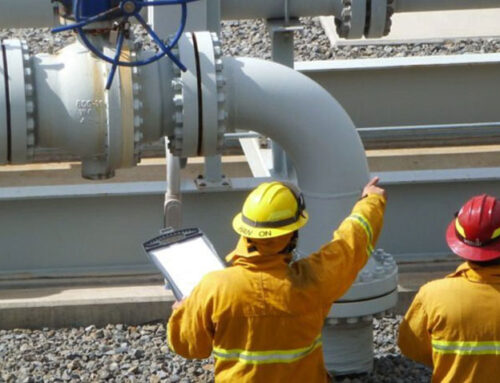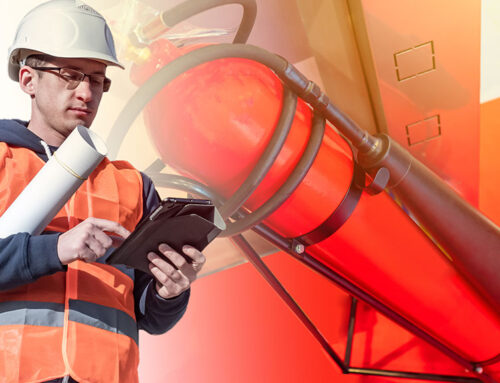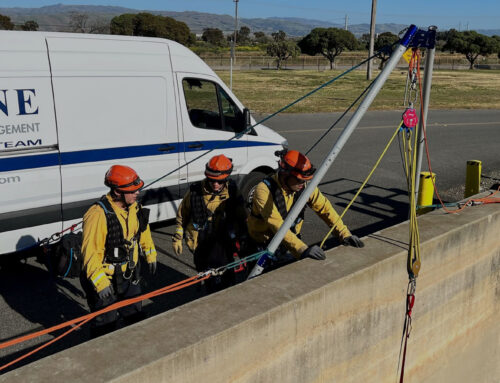A pillar to occupational safety and health injury and illness prevention program is to have a system identifying and assessing hazards. By definition, a hazard is anything bringing an organizational loss. The environmental, safety, and health (EHS) field looks at hazards as some condition, equipment, or even behavior leading to an injury or illness. Teaching workers how to recognize and mitigate hazards is an essential commitment. This blog post will give you tips on how to recognize a hazard and select the correct control for the hazard.
There are several ways to find a hazard in the organization at all levels such as:
- Review past injury records
- Ask all level of the organization to alert the right channels to address the situation and do an incident investigation report
- Near miss reporting
- Suggestion boxes
- Industry trends
- Job hazard analysis
- Audits and inspections
Once a hazard is identified, it can be analyzed for the most effective way of addressing the hazard. If the hazard cannot be eliminated to a zero-risk state, then the exposure or the hazard needs to be controlled. There are 3 ranked hazard control:
- Engineering — A physical device, component, or barrier making it impossible to contact or be exposed to a hazard (such as a machine guard on a table saw).
- Administrative — A work rule, policy, procedure, or training (such as conducting a job hazard analysis).
- Personal Protective Equipment (PPE) — This is the least preferable control for a hazard. PPE are anything a worker wears to be protected from a hazard that is still unmitigated or have an unacceptable risk rating (such as gloves, respirators, and hard hats).
Identifying hazards and fixing them is one of the 3 pillars of the Safe & Sound Week August 12-18, 2019. Safe & Sound Week is an OSHA compliance assistance tool used to have a national awareness recognizing the successes of workplace health and safety programs. OSHA reports in 2018, more than 2,700 business participated in the program to help raise awareness about worker’s health and safety.
The 3 pillars for an effective company are:
- Management Leadership
- Worker Participation
- Find and Fix Hazards
Finding hazards can be a challenge if everyone in the organization is not helping to be on the lookout of these conditions or actions. Getting the help of frontline supervision is exceptionally important for the success of any safety and health program. The workers will take their lead visually and practically from the leadership they interact with the most in a workday.
The approach to fixing a hazard from a completed incident report must be done with an understanding the worker isn’t to be blamed. The injured or worker who experienced a near miss event can provide unique insight as to how the hazard existed undiscovered. Additionally, they can provide some thoughts on what can be done to fix a problem.
Once the statements have been analyzed, then the organization as a whole must address systemic problems having created barriers to being safe and sound at the workplace. In some cases, the organizational chart may have to elevate the Environmental, Health, and Safety (EHS) department to report only to executive directors.
Workers can participate in the finding and fixing of hazard as a routine duty. Management should give workers time and encouragement to voluntary help with all aspects of the safety and health program. Empowering the workers to aid in solutions will give them stake in their own safety.
Equally as important to having the systems in place to find and fix hazards, the written policies, procedures, and training must be continually evaluated for any deficiencies. If there are any deficiencies in the program, then the collective organization can work together to better the system.
Although, the organization may have the desire to do a comprehensive safety and health evaluation, they may not have the expertise to do this type of audit. The use of safety consultants will give the organization an expert without having to have a salaried person to do this task. At the completion of the audit, then the company will have an understanding of where they are today in EHS and where they need to be to keep workers safe and sound.




